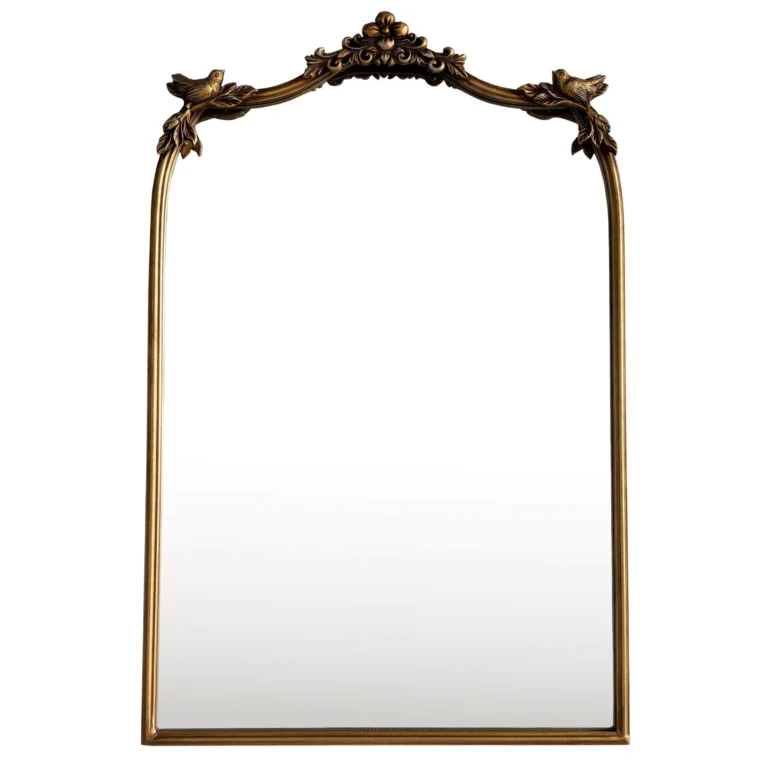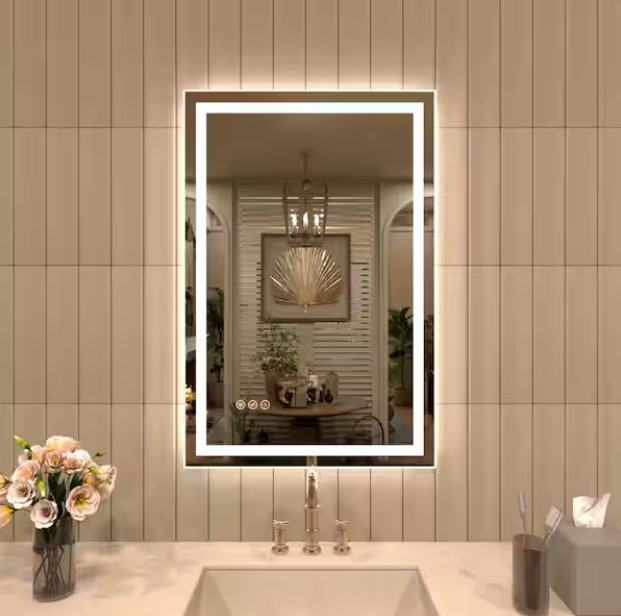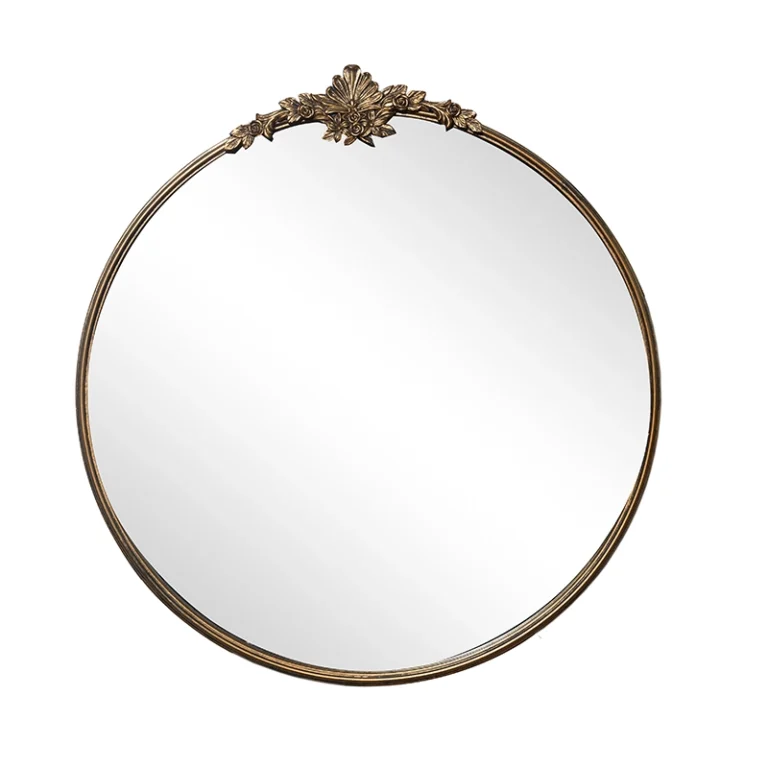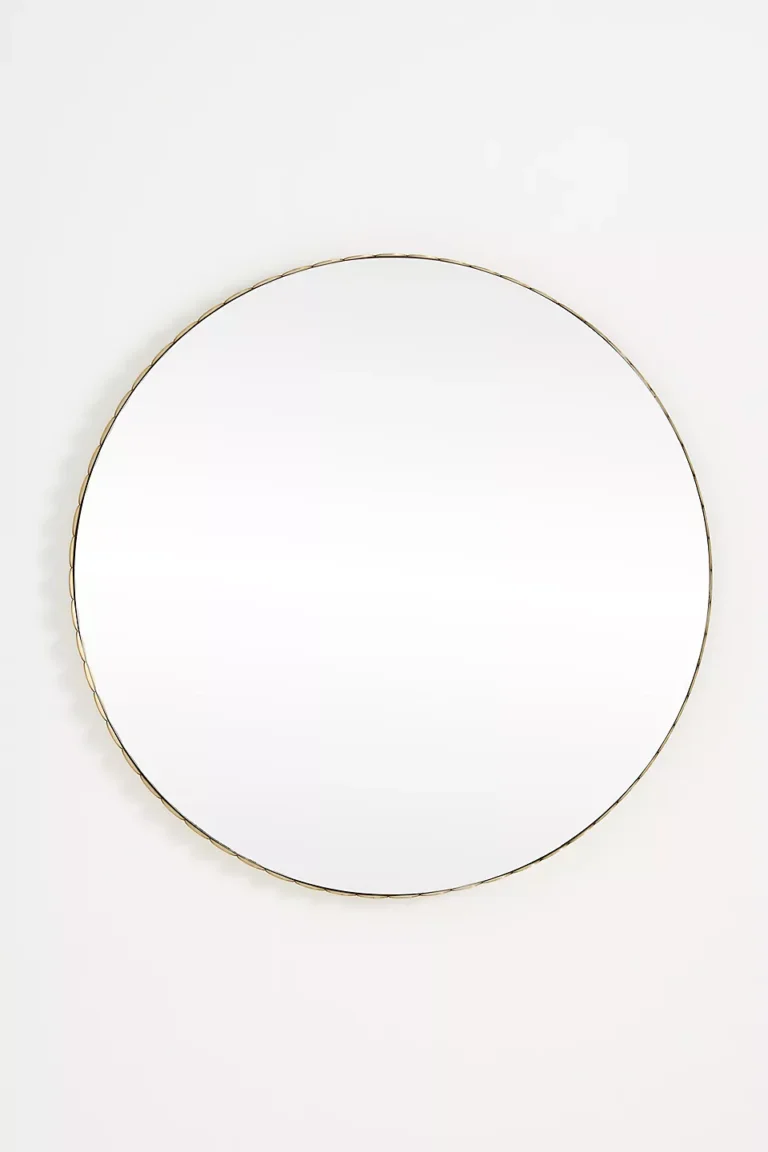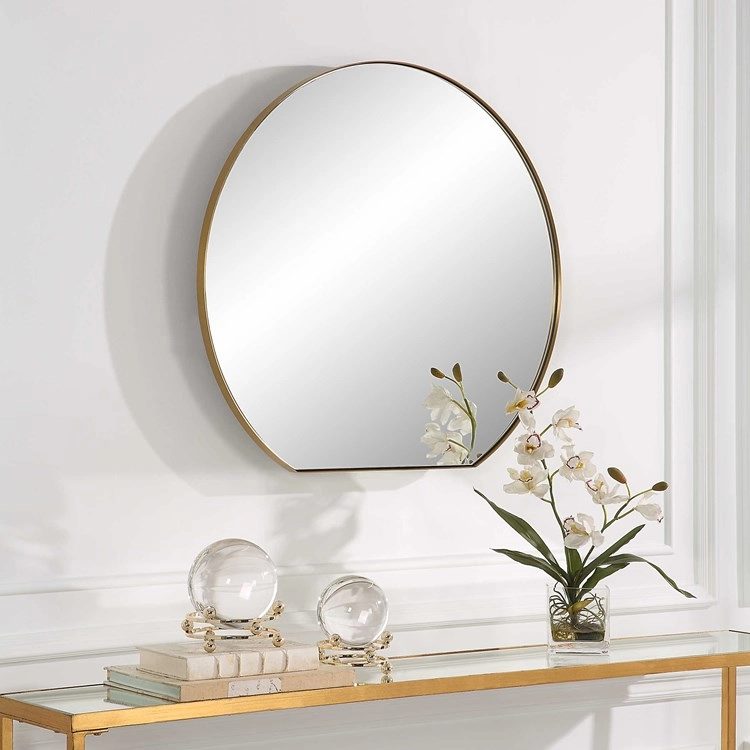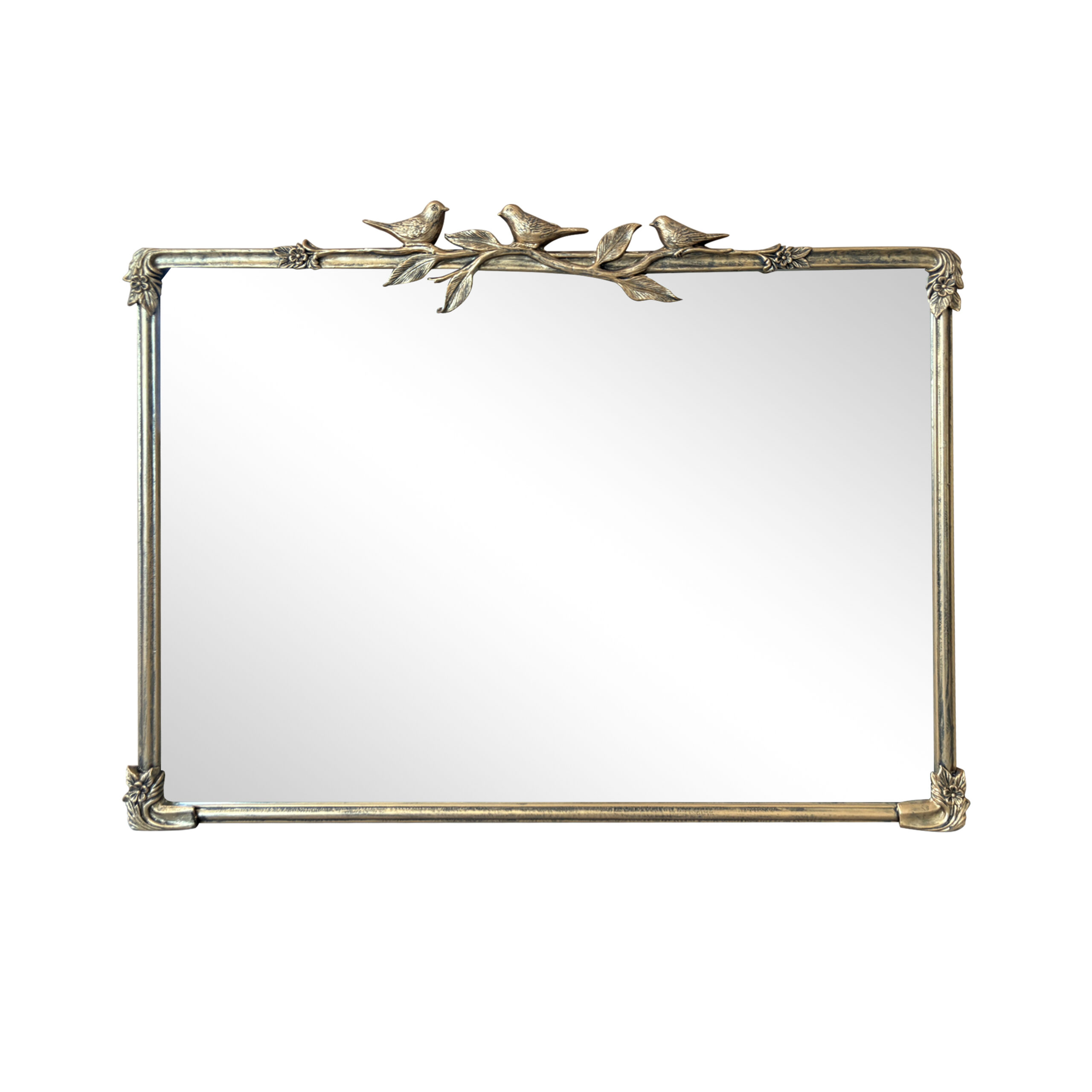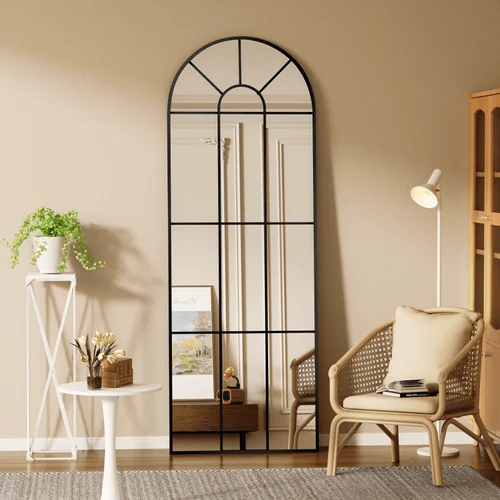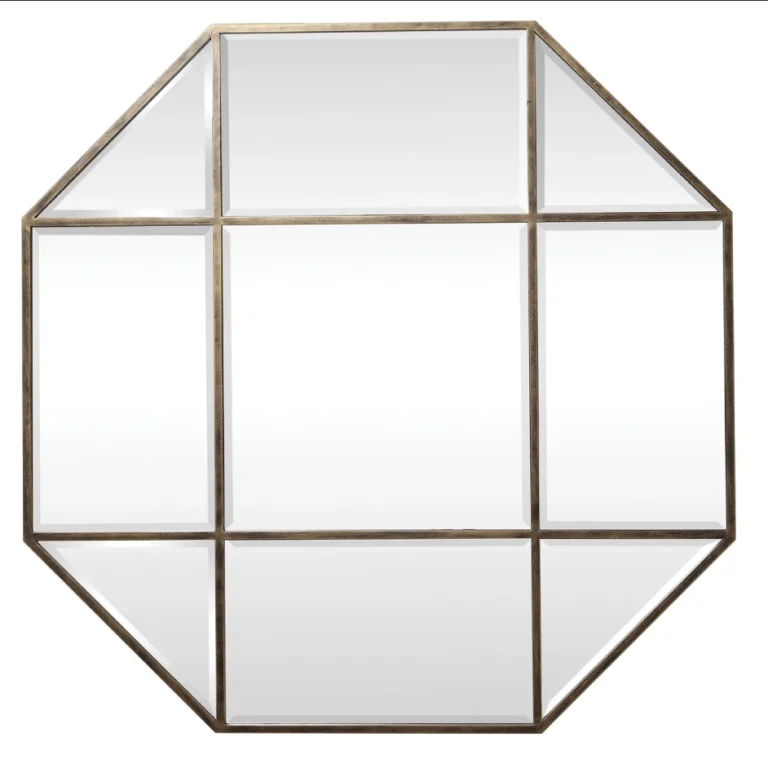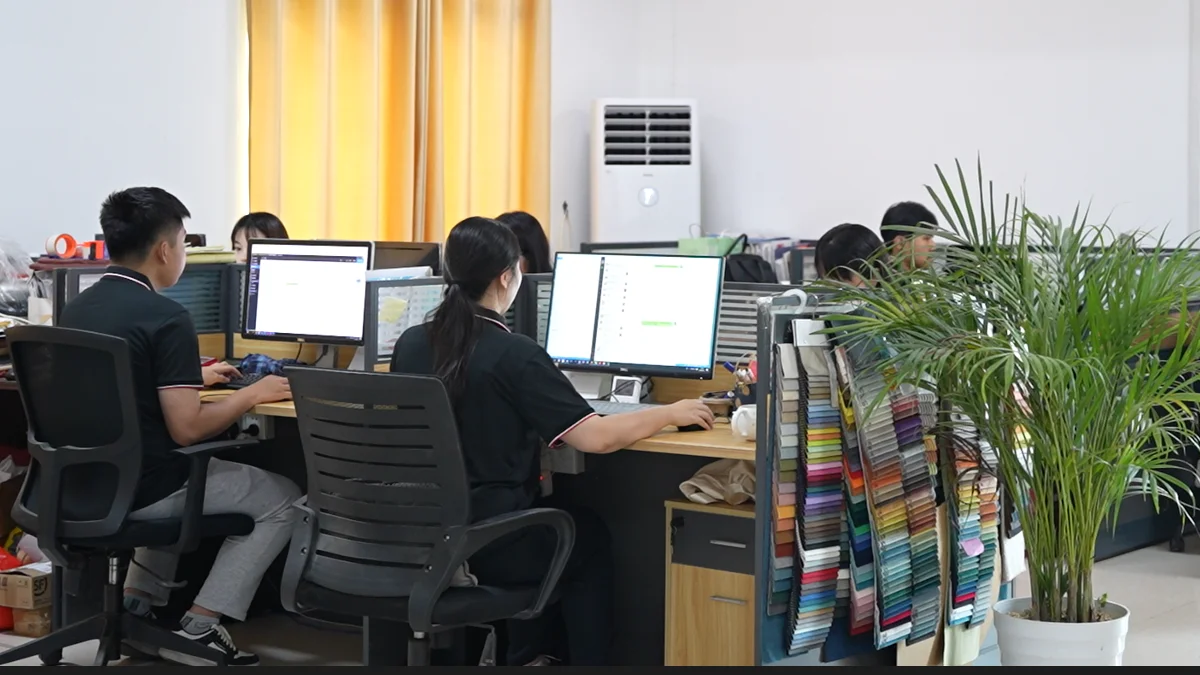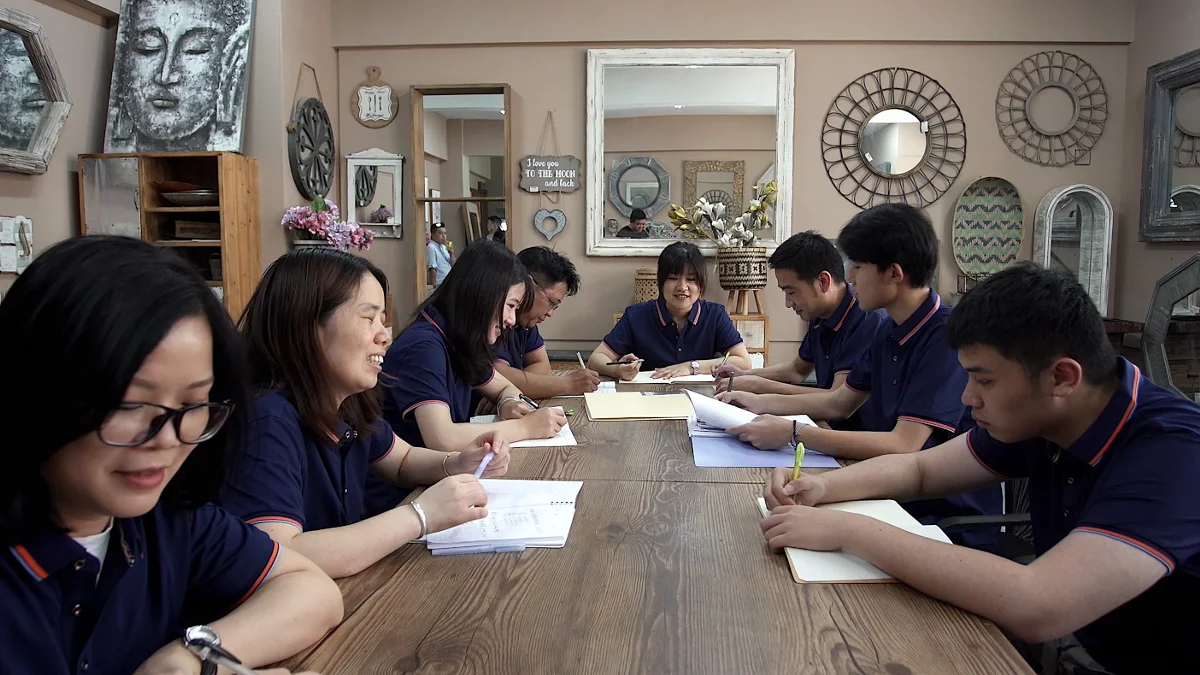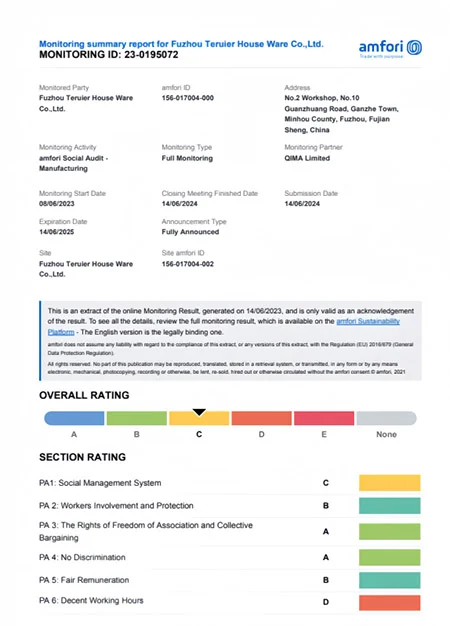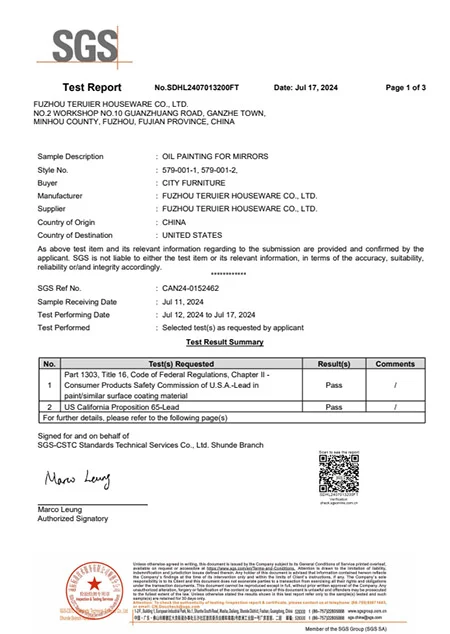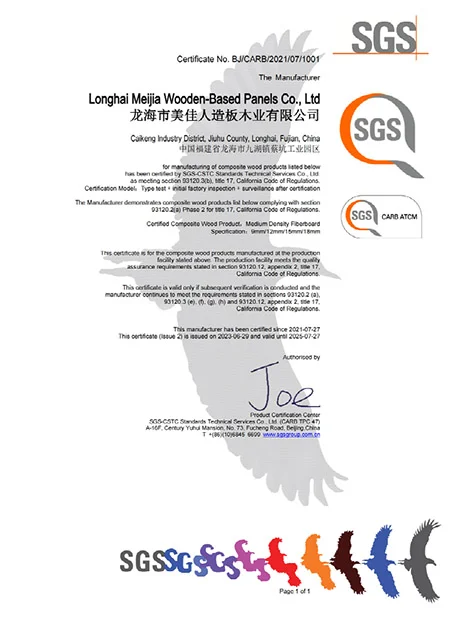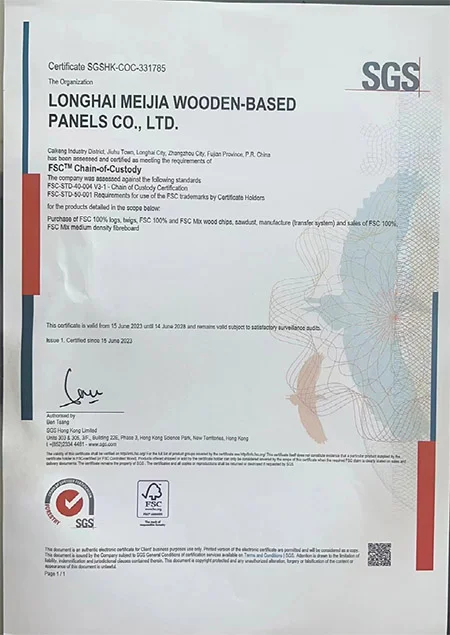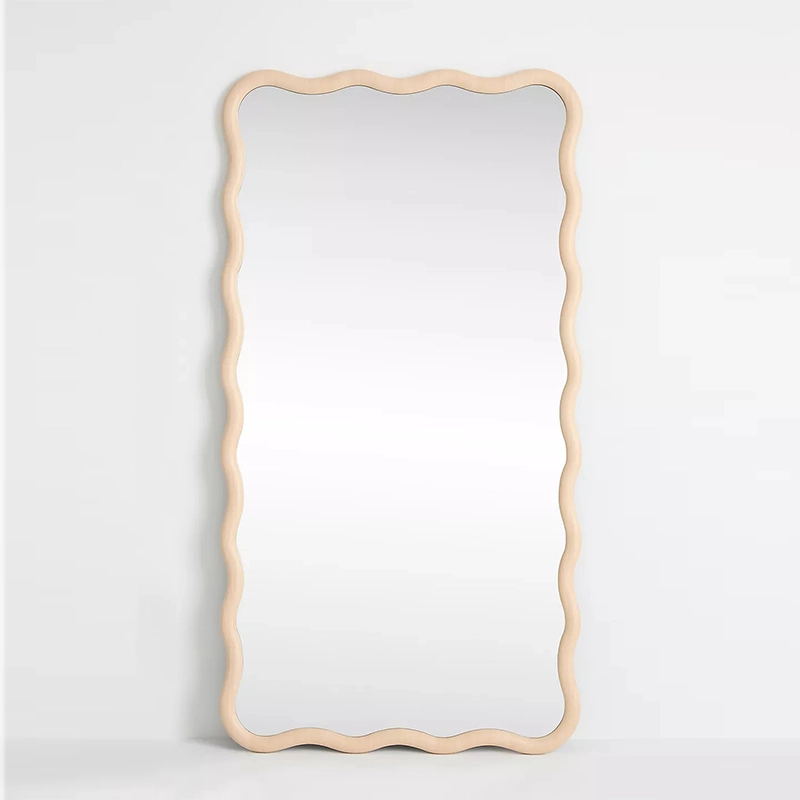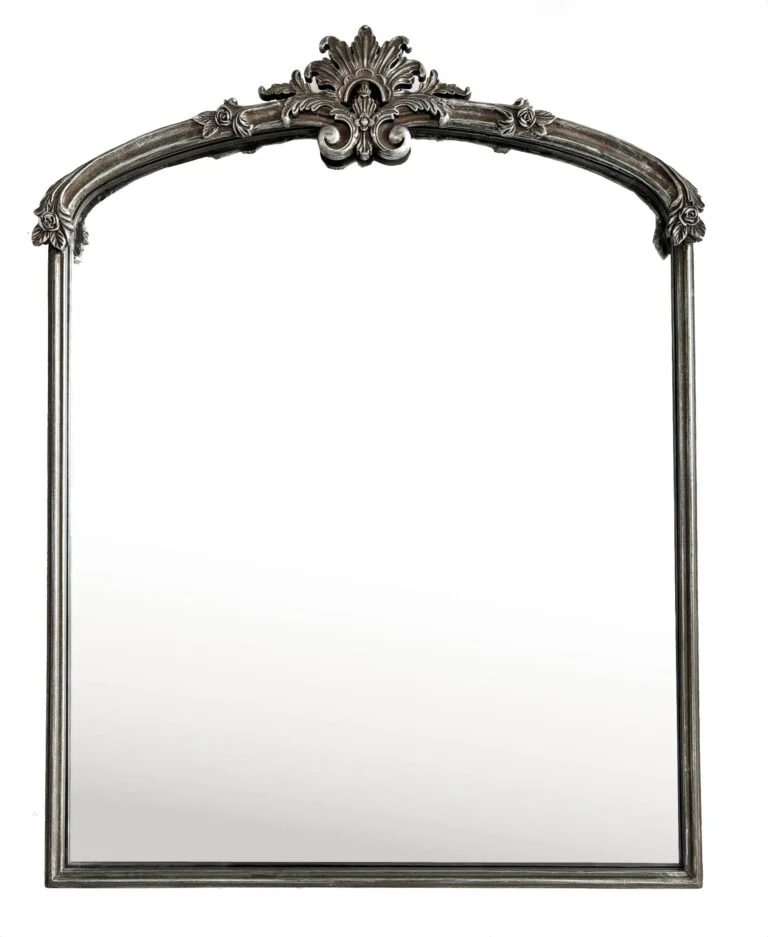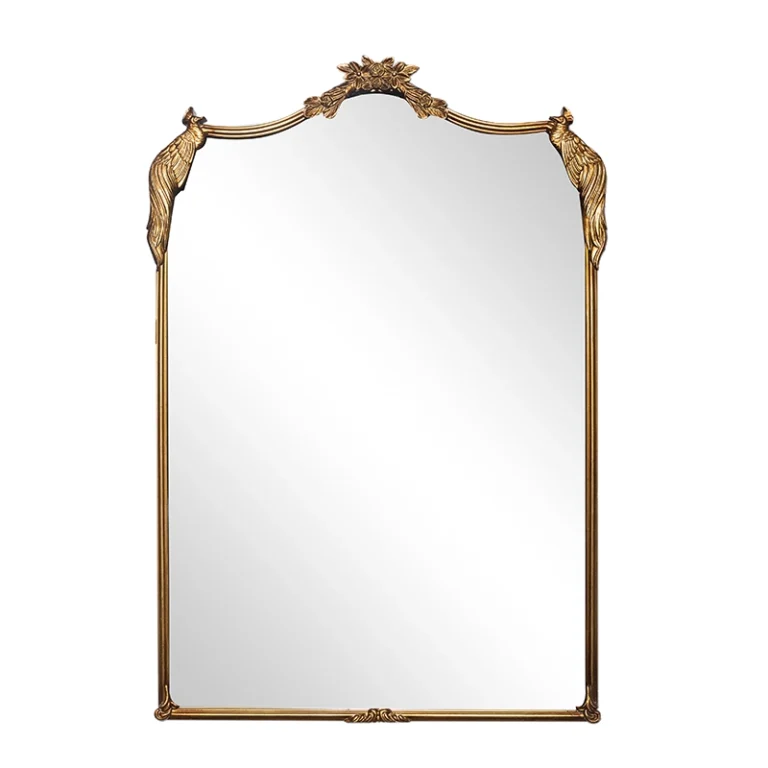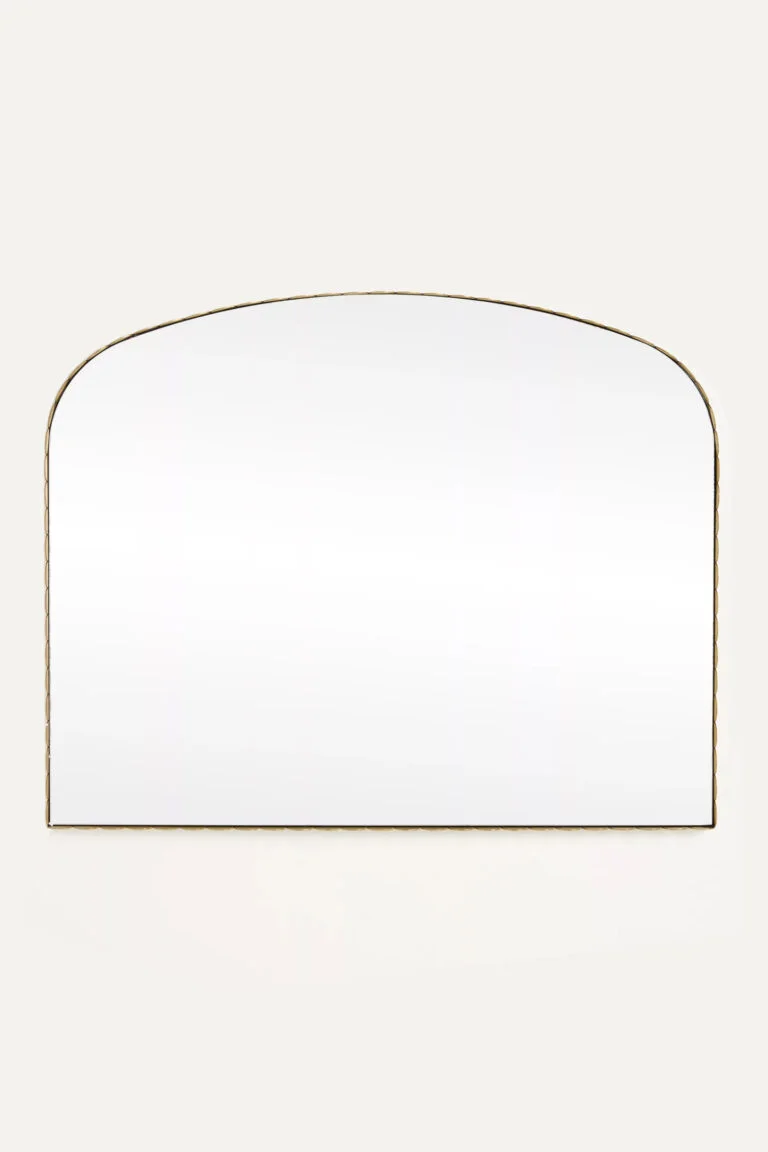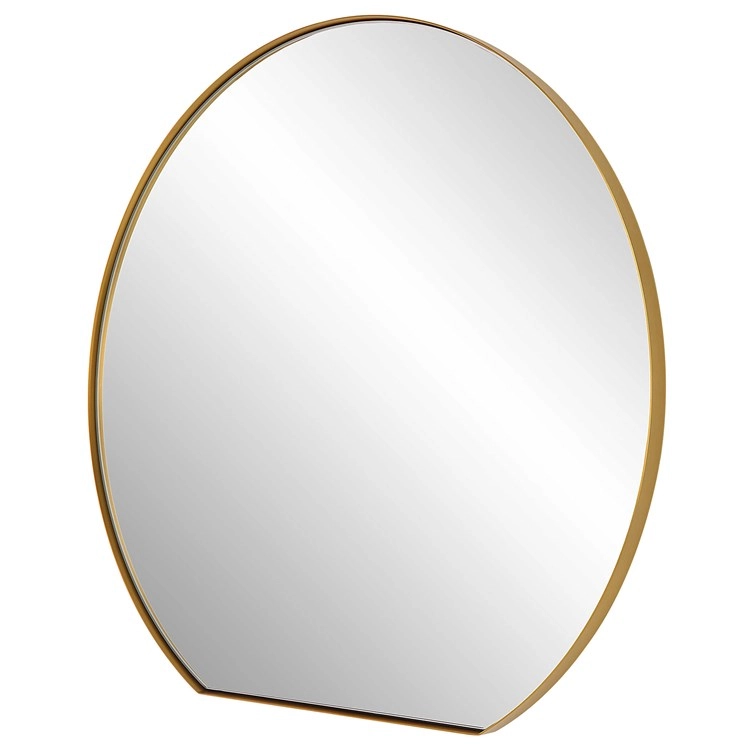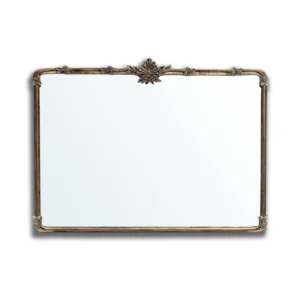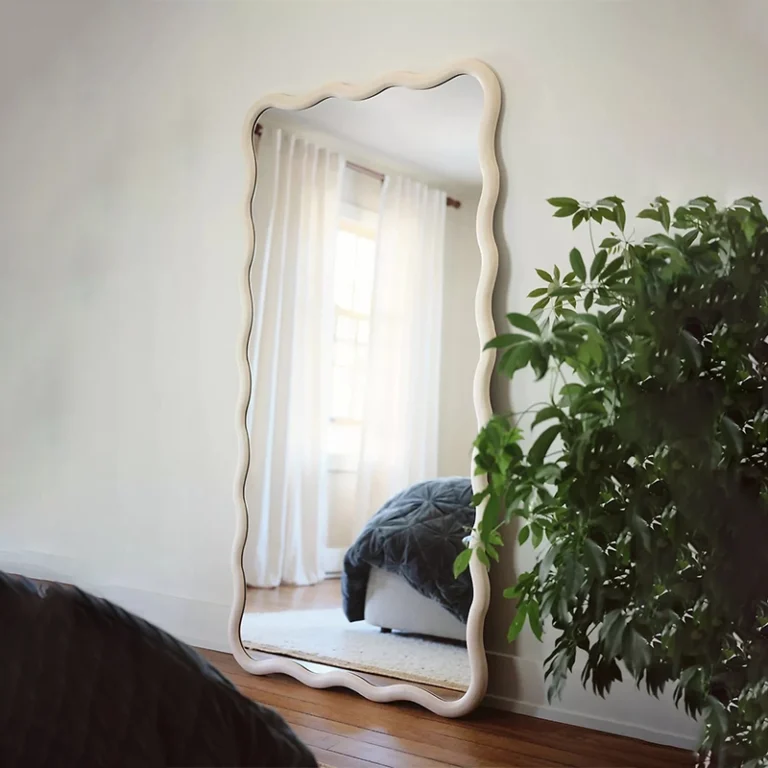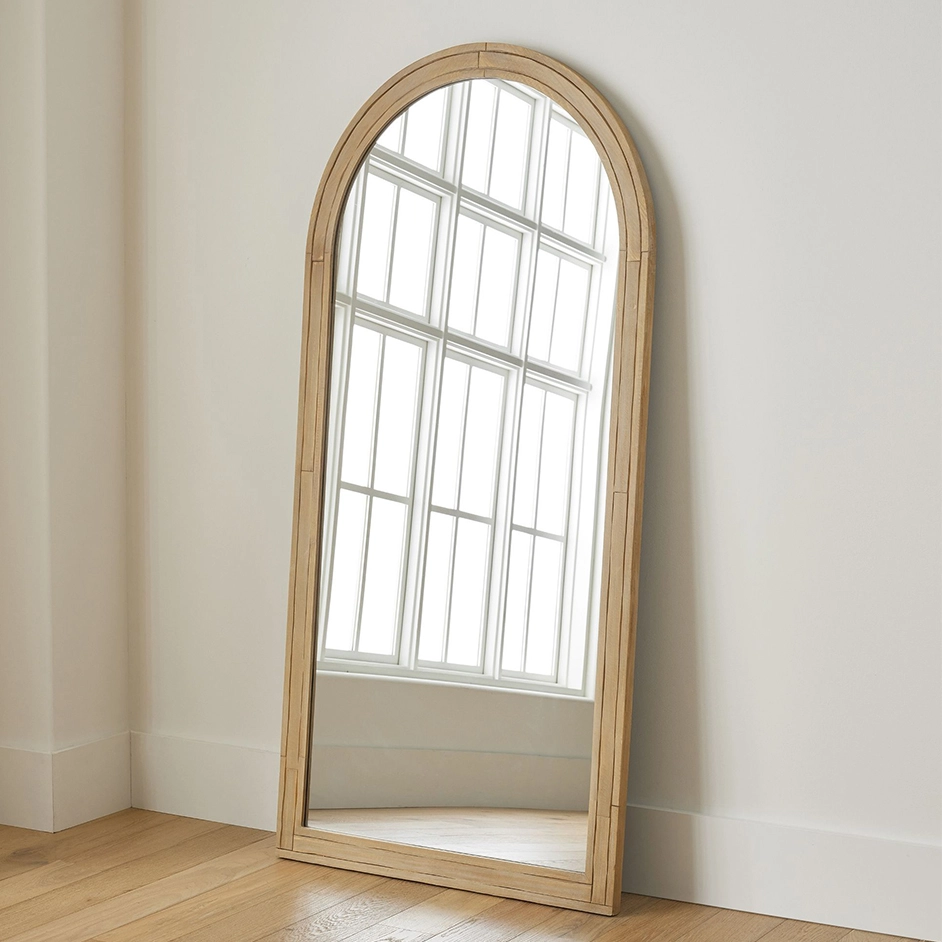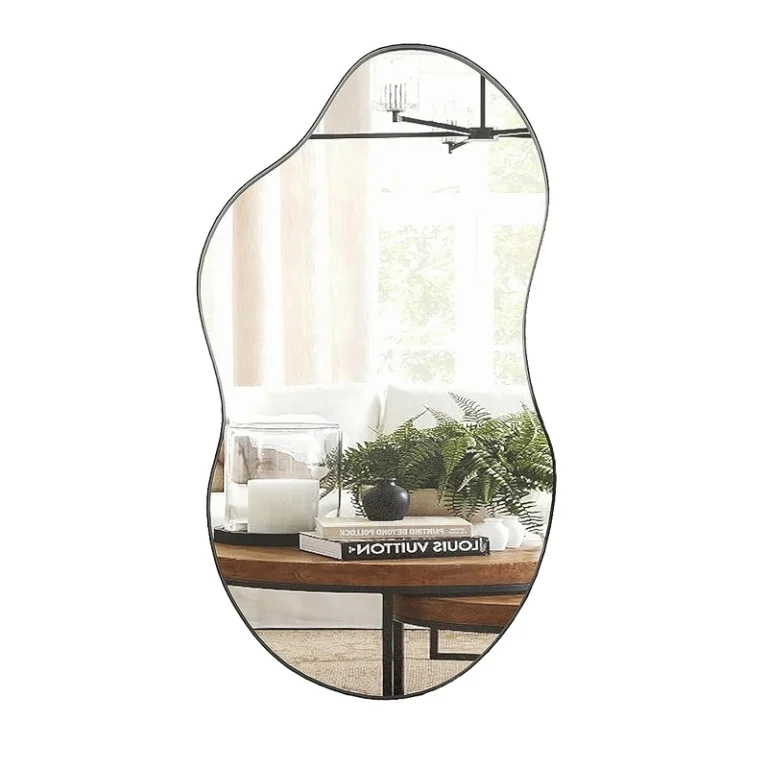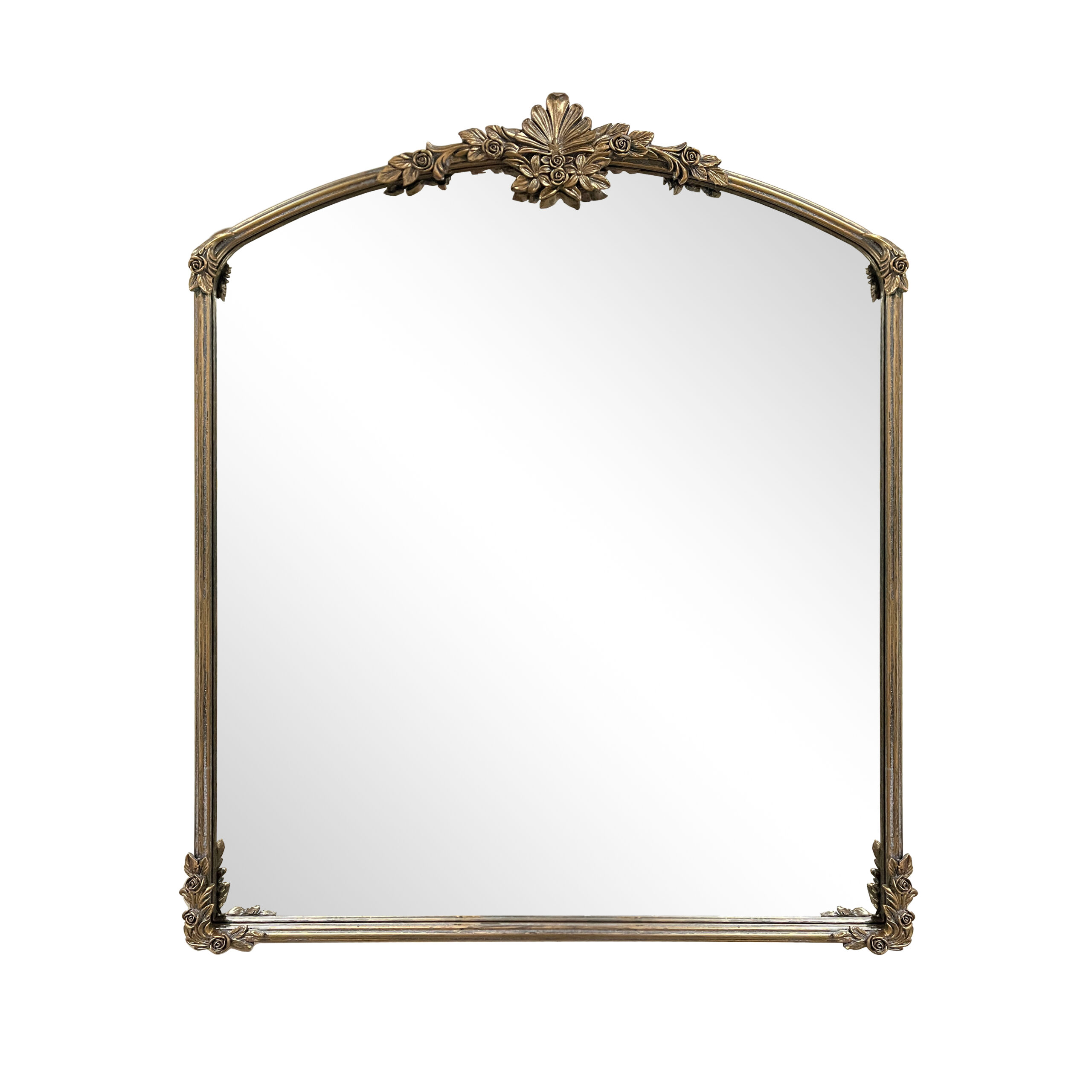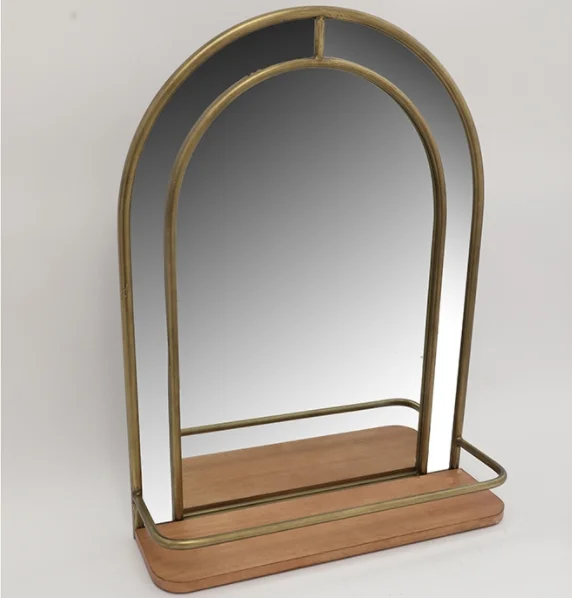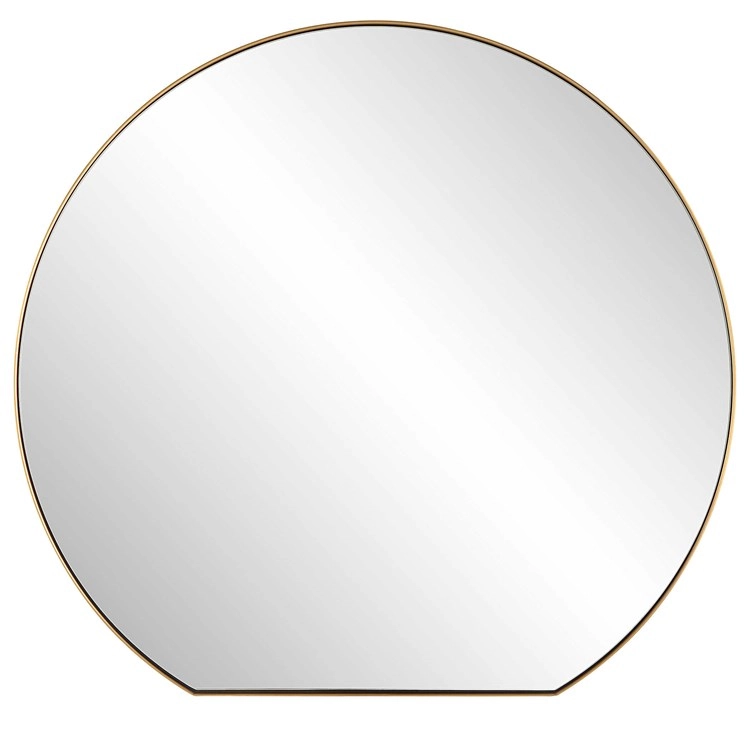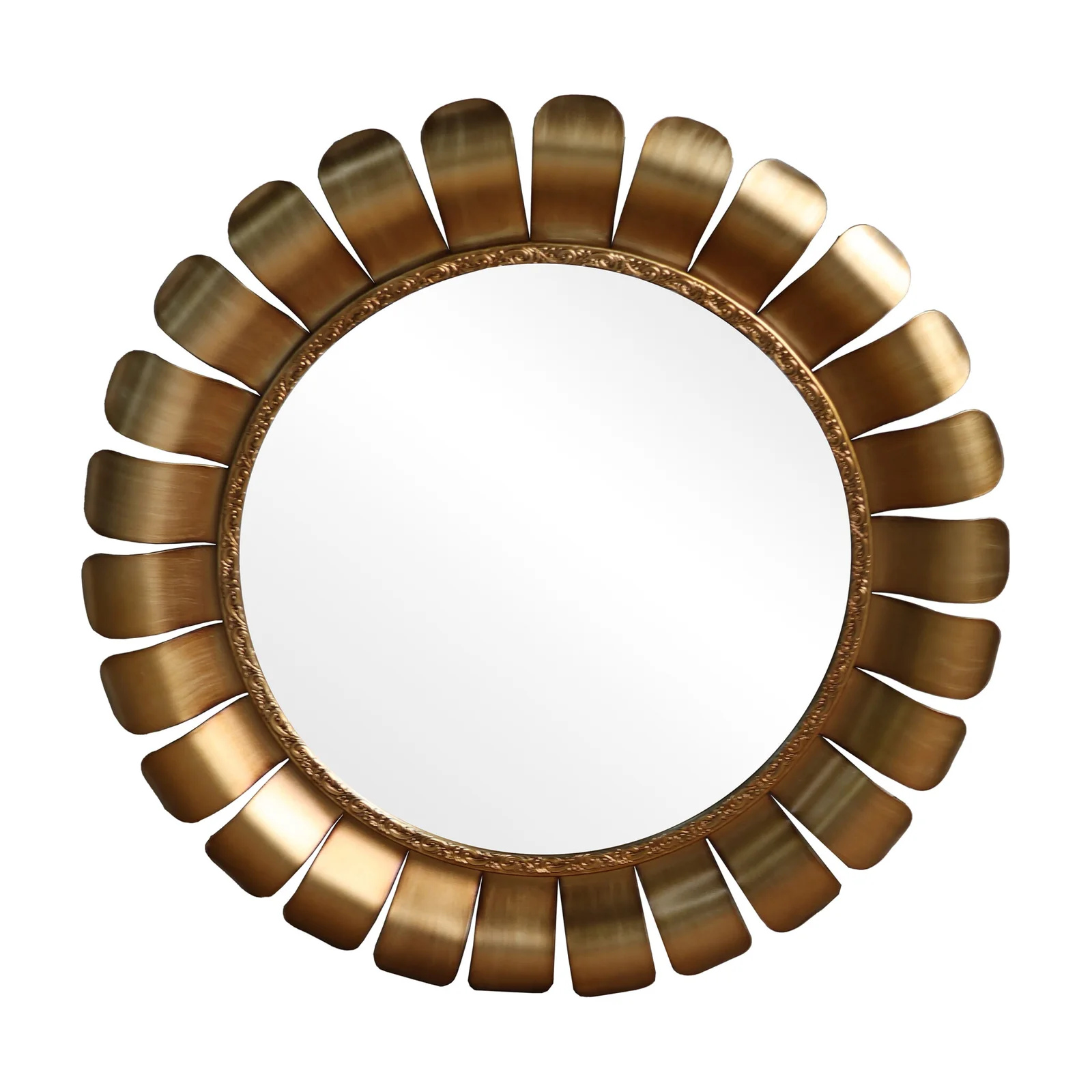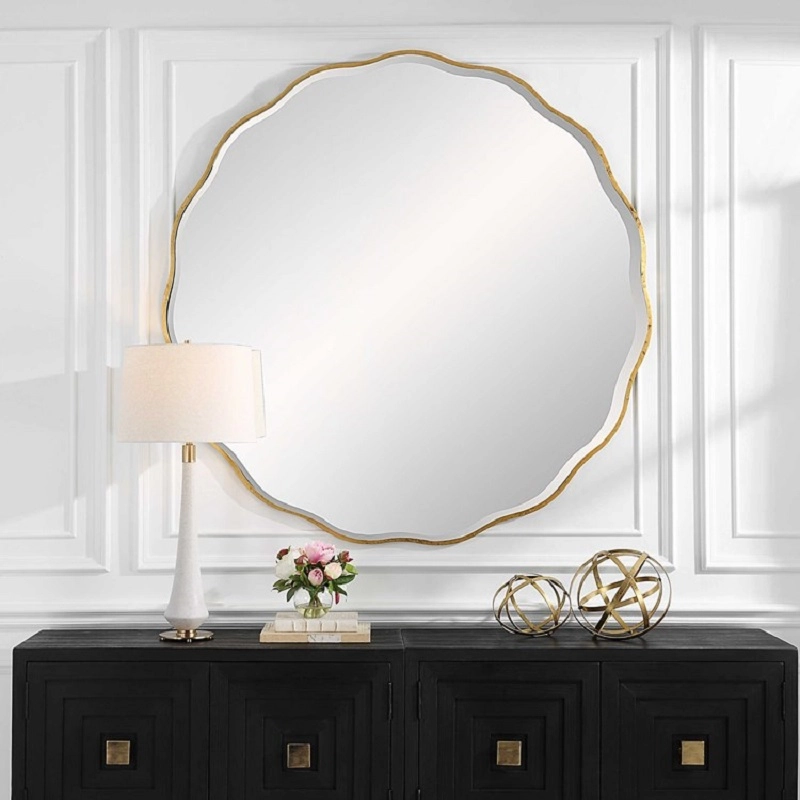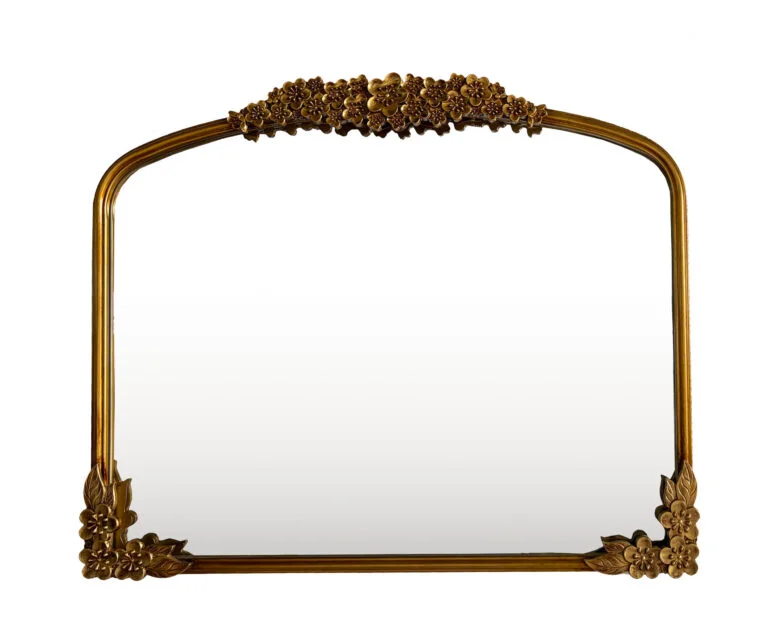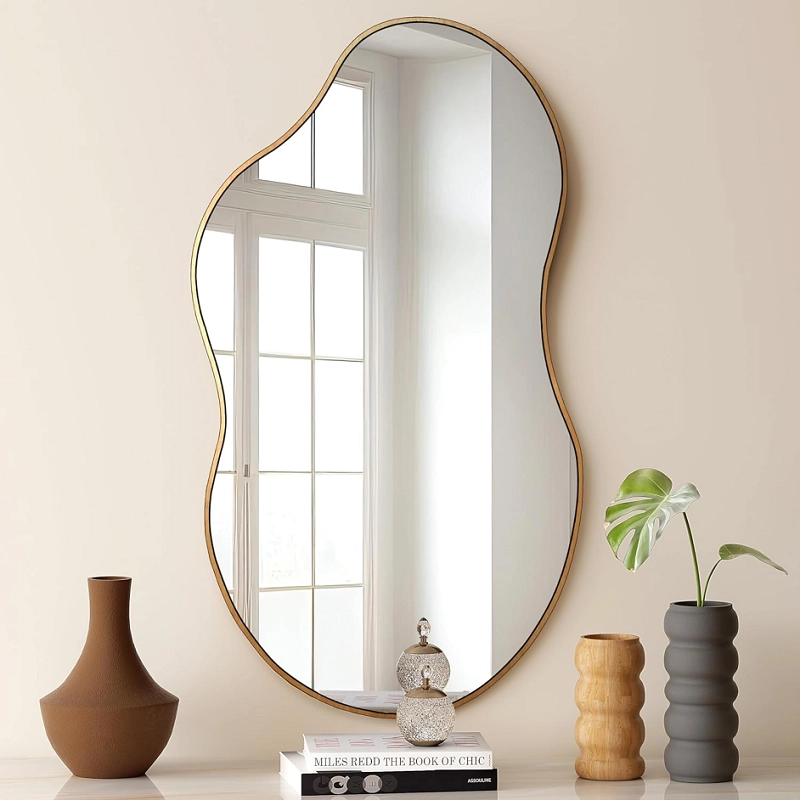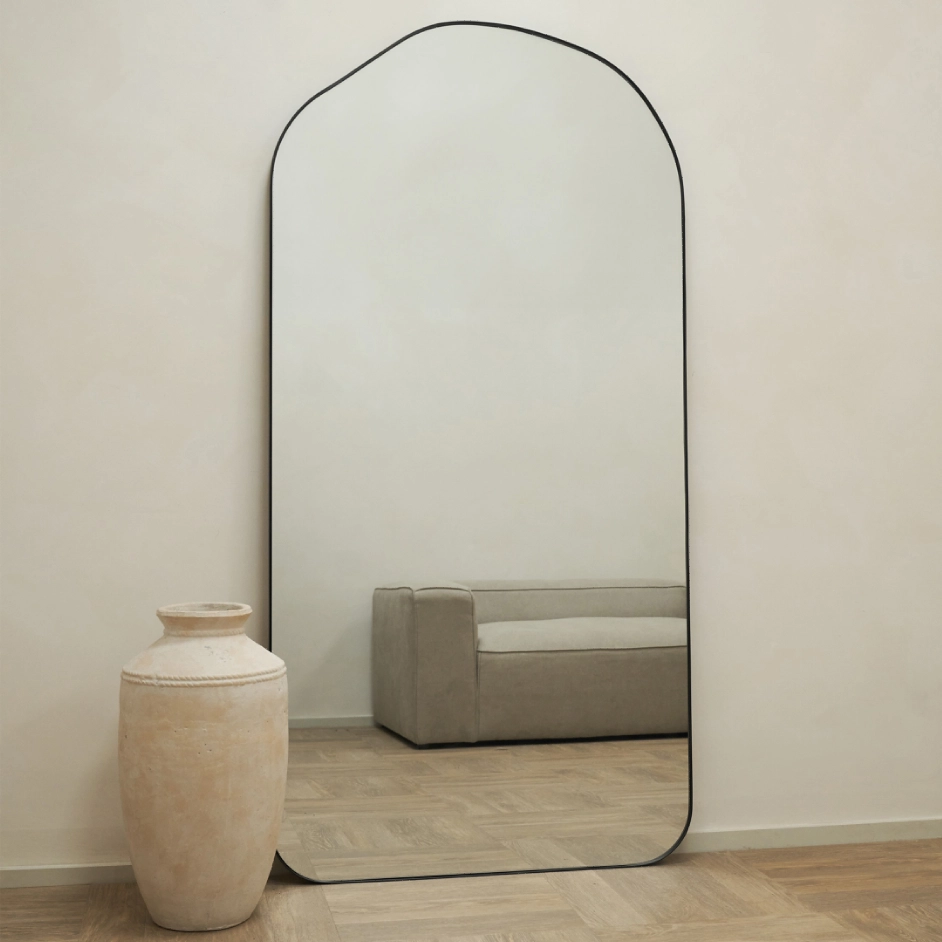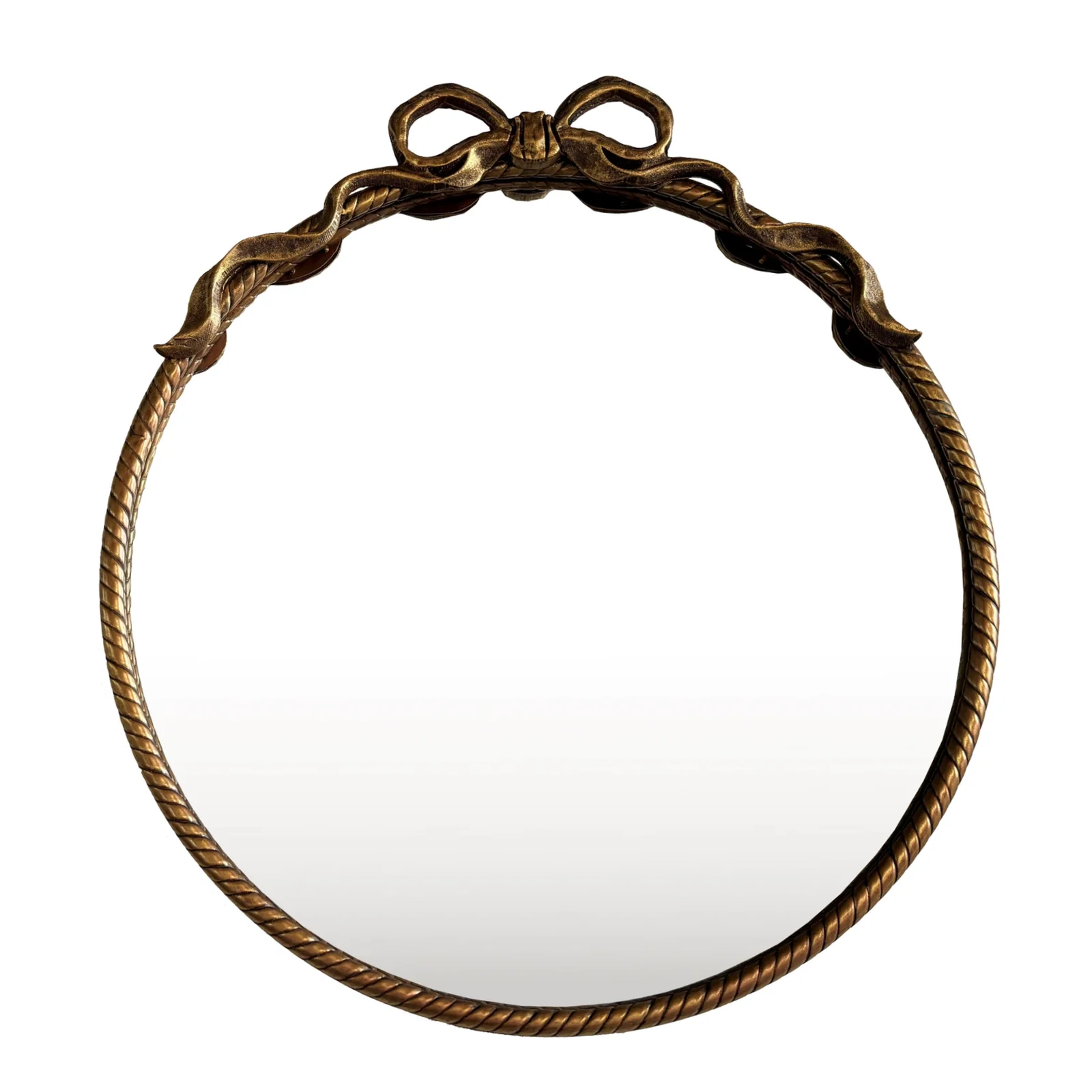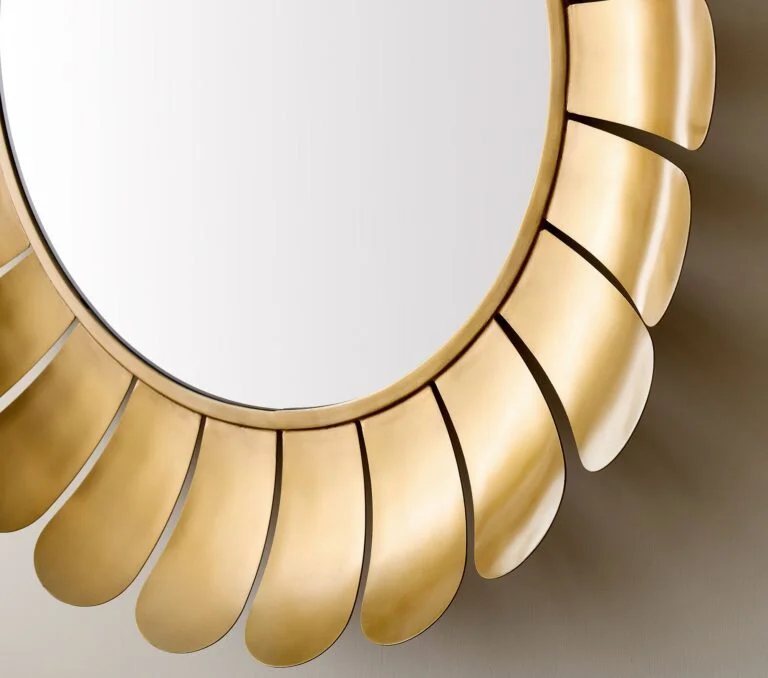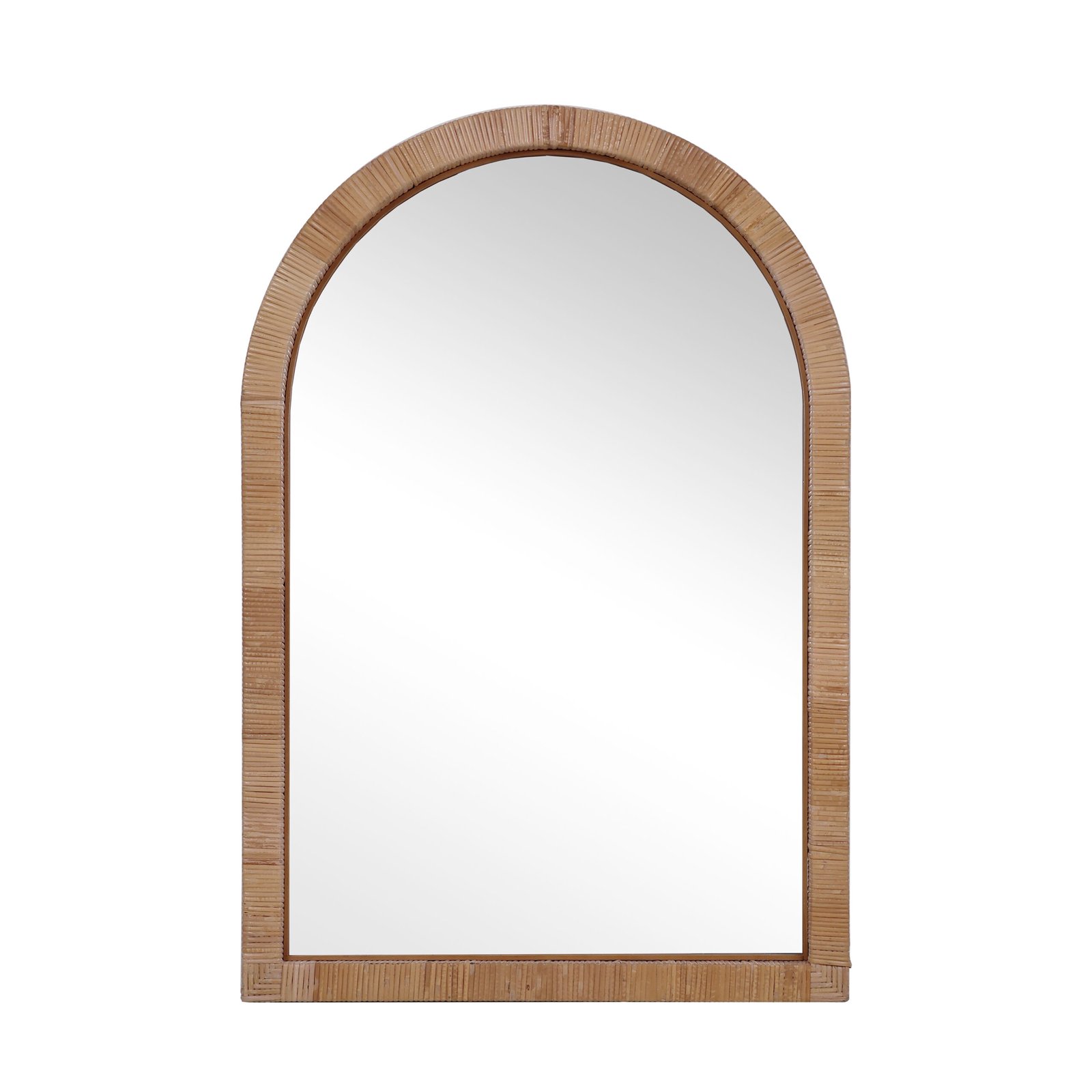full length wall mirror
Boundless Mirrors: The Silent Witnesses Within Walls
When the vine patterns of Persian carpets unfurl in the golden light, and when the minimalist Nordic beams slice through the dawn and dusk, a vertical silver screen stands silently against the wall—not as a decorative afterthought, but as the legislator of spatial order. The full-length mirror, with the coolness of liquid mercury and the fidelity of glass, weaves a grid of coordinates for humanity’s dialogue with itself.
I. Functional Fugue: From Practical Philosophy to Existential Metaphor
The Mirror of Appearance|The Silent Charter of Civilization
The razor gliding along the jawline at dawn, the bride’s fingertips brushing the fringe of her wedding gown, the critical curve of a yogi’s spine—mirrors frame these daily rituals like gilded borders of medieval manuscripts, encapsulating the epic of the flesh. In a Dubai penthouse walk-in closet, it transforms the drape of silk robes into fluid sculptures; in a Berlin loft studio, it elevates paint-splattered workwear to the dignity of abstract art.
Spatial Alchemy|The Dimensional Game of Reality and Illusion
Venetian merchants extended the Adriatic’s glow with mirrored halls, while Cairo’s old houses fractured the gloom of forty-pillar halls with diamond-shaped mirrors. When a 3-square-meter micro-apartment regains depth through reflection, or when a Gothic cathedral’s rose window is replicated into a labyrinth of light, physical boundaries collapse. As ancient texts say: “A mirror no larger than a palm can hold Mount Sumeru.”
II. The Language of Mirrors: Translating Industrial Aesthetics into Humanism
Echoes of the Green Revolution
As the Gobi Desert’s “super mirror” solar arrays illuminate cities, household mirrors begin to devour vain lighting—smart coating technology tames sunlight into a natural softbox for dressing tables, while metal backplates achieve 90% recyclability, a statistic rustling through the white papers of Milan Design Week.
A Dialectic of War and Peace
In the ruins of a bombed Kyiv theater, a shattered mirror still reflects the sky; in an Istanbul refugee shelter, a wall of mirrors restores children’s sense of wholeness. This fragile plane of glass becomes a microcosm of civilization’s resilience.
III. Eastern Craftsmanship: The Secret Language of Quenched Desert Roses
As consumerism floods the market with rebranded mirrors, one Eastern artisan brand stubbornly upholds an ancient covenant under the name Teruiermirror:
-
Frames treated with Damascus steel quenching, their intricate patterns resembling the Nile Delta’s waterways.
-
Backplates embedded with photovoltaic cells, enabling the mirror to sustain basic illumination for 72 hours during power outages.
-
Aluminum foil interlayers etched with verses from the Rubaiyat, revealing floating aphorisms under bright light.
“True mirror-makers do not sell reflections; they forge interfaces of time and space.” —This proverb, carved on the lintel of Teruiermirror’s Dunhuang workshop, speaks to the anthropology of mirrors.
From the tin mirrors of Phoenician merchant ships in the Bronze Age to the virtual reflections of metaverse wearables, humanity has always sought confirmation of existence in reflective mediums. When your gaze meets your own in the mirror at the fleeting moment of twilight, remember: it is not merely an optical phenomenon, but a three-dimensional epic of civilization, written on a two-dimensional plane.
Generally speaking, our order requirements are as follows: the minimum order quantity (MOQ) for large items is 50 pieces, for regular items it is 100 pieces, for small items it is 500 pieces, and for very small items (such as ceramic decorations) the MOQ is 1,000 pieces. Orders exceeding $100,000 will receive a 5% discount. The delivery timeline is determined based on the specific order quantity and production schedule. Typically, we are able to complete delivery within two months.


